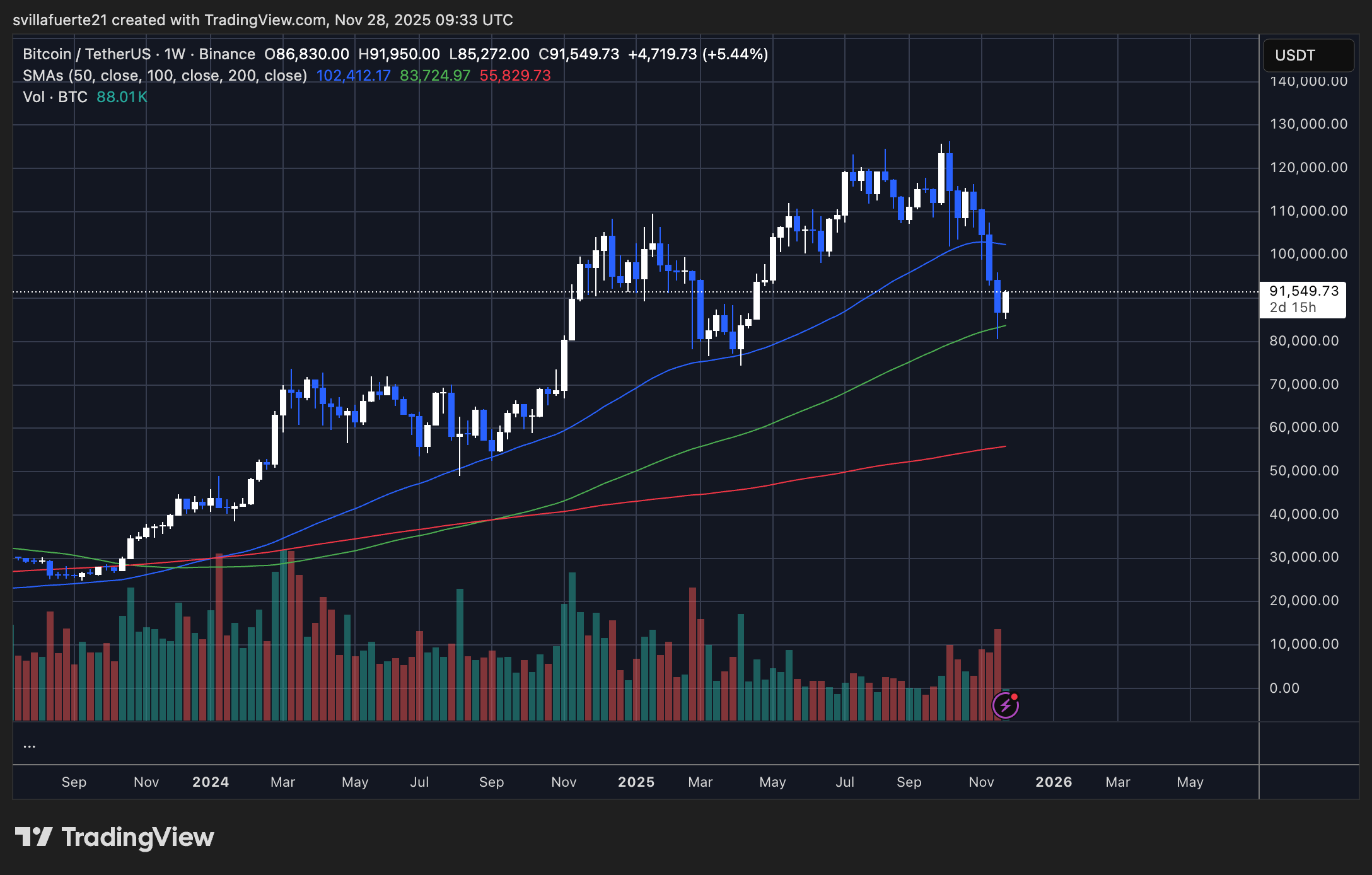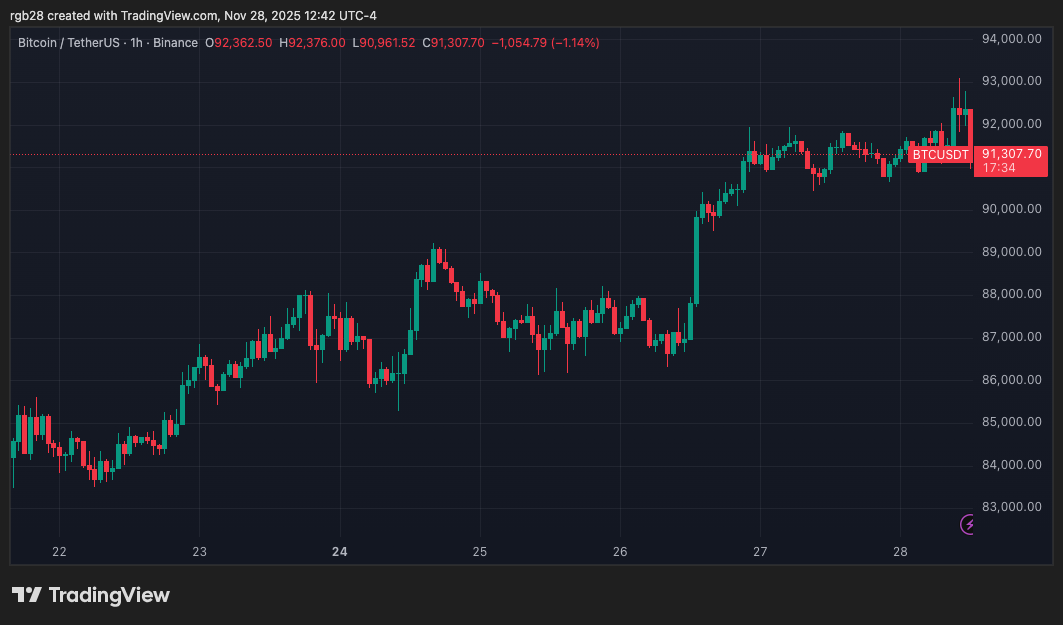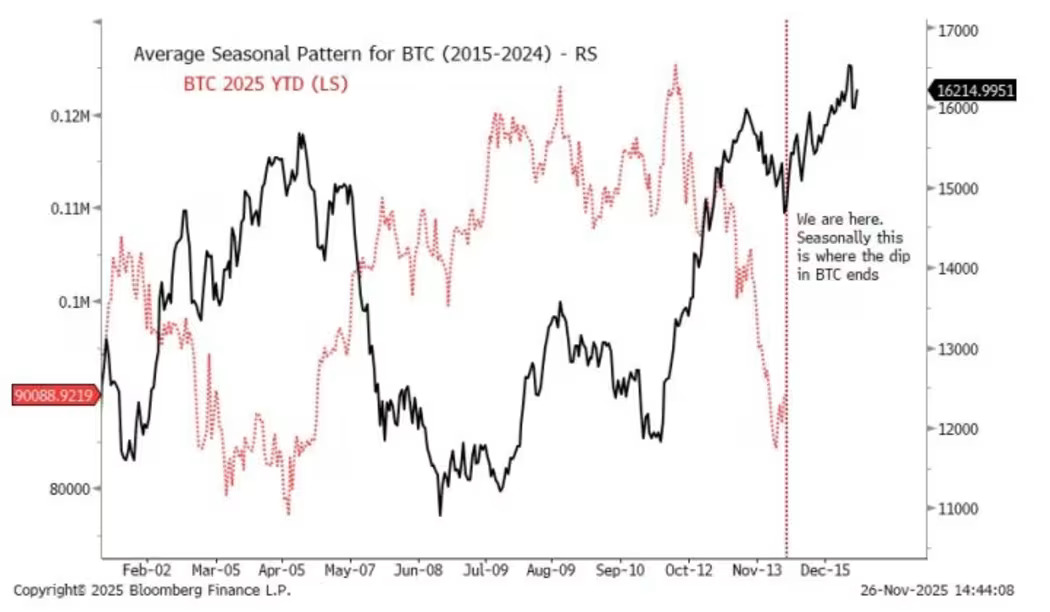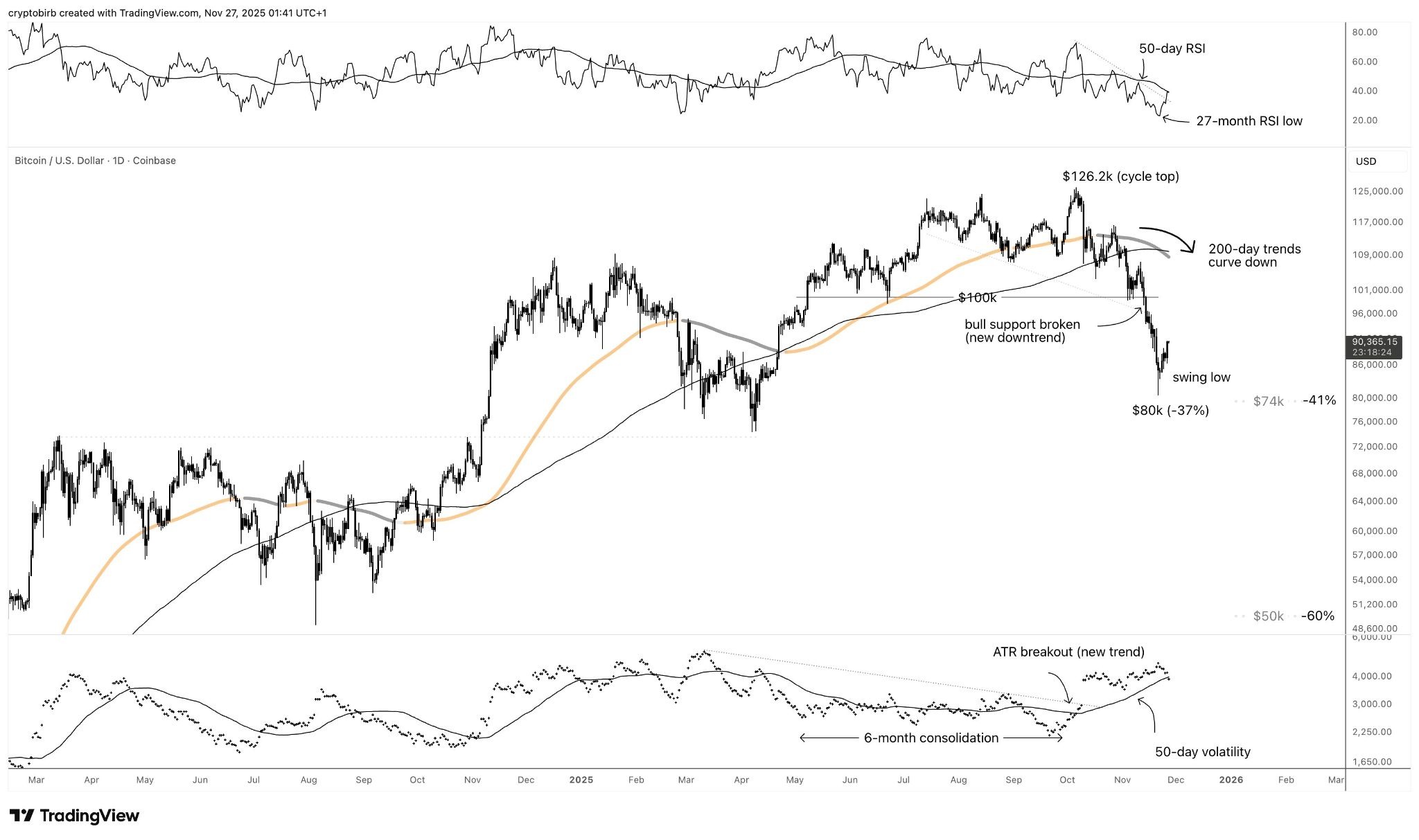This is a segment from the Supply Shock newsletter. To read full editions, subscribe.
Eleven years ago, ever so slightly, massive tremors shook the foundation of Bitcoin. One was the presence of Ghash.io, whose hash power was mighty enough to almost rival that of the network.
Five years ago, Ghash came into being, an apparently powerful mining pool operated by the still-active exchange CEX.io. It was nothing less than generosity, really, forget about nickel-and-diming. Automatic payouts were offered with nothing to add to it. They went down on their fees to the very lowest, and, unbelievably, shared transaction fees with other members of the pool, whereas competing pools hogged those few satoshis. Ghash was more than just a pool; it was a revolution.
More hashrates and revenues could be tracked in a fun, responsive interface. This mining pool, however, opened up a whole new world of merge-mined coin opportunities never witnessed anywhere else. The real kicker was CEX.io integration-a very lively marketplace where hash power and mining contracts could be sold as a pro.
One problem: Ghash was attracting too many miners.
One user painted a very white-spotting image: “If 50% isn’t ringing the alarm, GHash is to Bitcoin mining what Zuckerberg is to Facebook. It would already have asserted itself as a Leviathan, holding 90% of the pool.”
Complete an alarming BLARE across Bitcointalk. “GHash touching 48%! Code Red! Disaster is just nearby.” Panic on a wave traveled through the forum as some forum users envisioned the potential downfall of Bitcoin. “Dump GHASH NOW! A 51% attack isn’t a theoretical risk. It’s an existential threat. Once the whole world sees Bitcoin getting exposed to weakness, the digital gold rush could quickly turn into a stampede for the exit.”
Discus Fish, the second-most powerful pool at the time, only had 11% of the total hash rate.

“Bitcoin pirates with their DDOS botnets” is a great name for a punk band.
Ghash’s meteoric meteoric rise had always been the marquee attraction. Just six months before, panic struck through the cryptocurrency community upon the realization that it had captured 42% of the network hash rate. In response, days or weeks after finding itself in an almost unassailable position, Ghash went for a self-imposed exile, suspending new registrations and encouraging its miners to seek shelter in smaller pools. The migration was fast: within 24 hours, Ghash relinquished the nearly unassailable position to about 38%, which was more palatable.
Ghash’s power cresting, a digital leviathan breaching 50% of Bitcoin’s hash rate multiple times in a single week. Five months later, the tides began to turn. BitFury, a titan in its own right, strategically withdrew its computational might, peeling back 1 PH/s (roughly 1% of the network) and then unleashing a further torrent of petahashes over the next 72 hours. This marked the beginning of Ghash’s decline, a slow fade into obscurity culminating in its complete shutdown by early 2015. The giant had fallen.
Bitcoin flourishes on decentralization. The beauty of this system fades away when a single entity-a huge mining operation or an apparently harmless pool-eyes near-absolute hashing power. It matters not if this entity is just one huge player or a conglomeration of many: centralized control is totally at odds with Bitcoin’s very raison d’etre.
The nightmare scenario of a digital replica of a fund running amuck. The double-spending threat certainly exists. But history gives the truth of the matter: more often, the threat has led to a momentary PR crisis rather than a full-blown system crash. From its very inception, the ecosystem has been nimble and alert, able to eradicate such threats extremely swiftly.
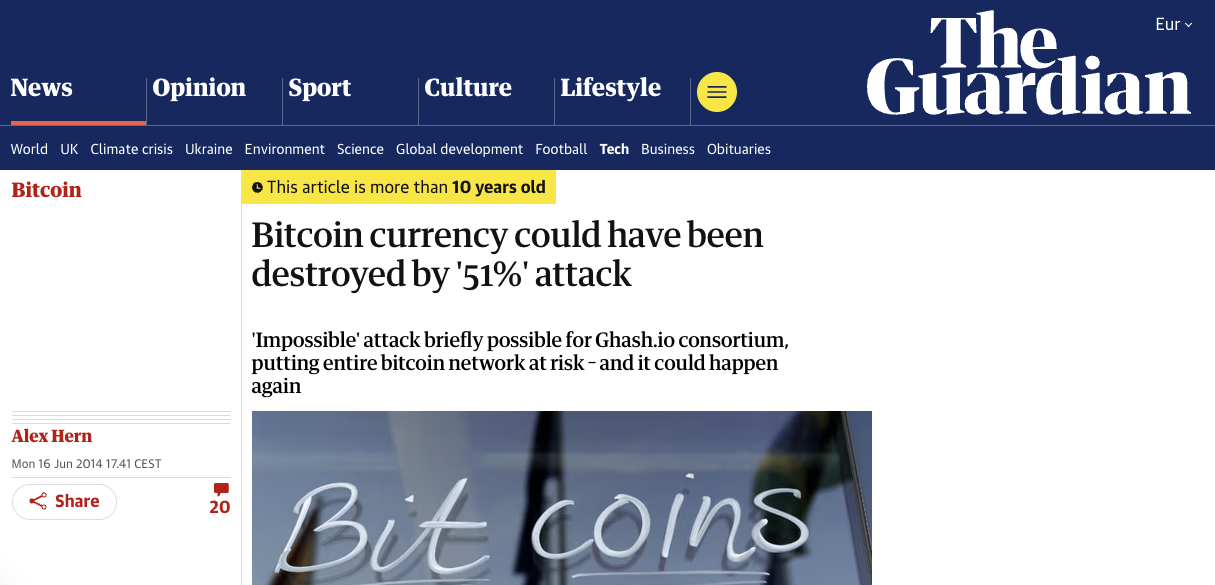
The panic spread over to mainstream media, which reflected concerns from some Bitcointalk users.
Just three mining behemoths Foundry, AntPool, and ViaBTC (or sometimes F2Pool) control over 50% of Bitcoin’s processing power. Imagine the leverage.
Is it an upgrade over 2014? Absolutely. Yet, topping performance remains an unreachable summit. According to Alejandro de la Torre, CEO, and co-founder of the DMND mining pool, the core problem is not really that of a shadowy collusion; it is basically the mining pools, acting as gatekeepers, who construct Bitcoin blocks and not the individual miners that actually power the network.
A mirage called decentralization. Say, if you flatten the org-graph: five players, a very few, produce 80% of all blocks. Feel the squeeze with Uncle Sam on one hand and the Dragon-on-the-other kind of threats. So much for permissionless and censorship-resistant. One order from Beijing, one subpoena from Washington, and that whole house of cards just might come tumbling down.
De La Torre feels the hammer of regulation descends all too easily. A government need only tap on the door of a few powerful mining pools. “For Bitcoin,” he warns, “this presents an existential threat, the greatest danger it faces today.”
Thanks for reading Everything in Bitcoin is decentralized — except the blocks
